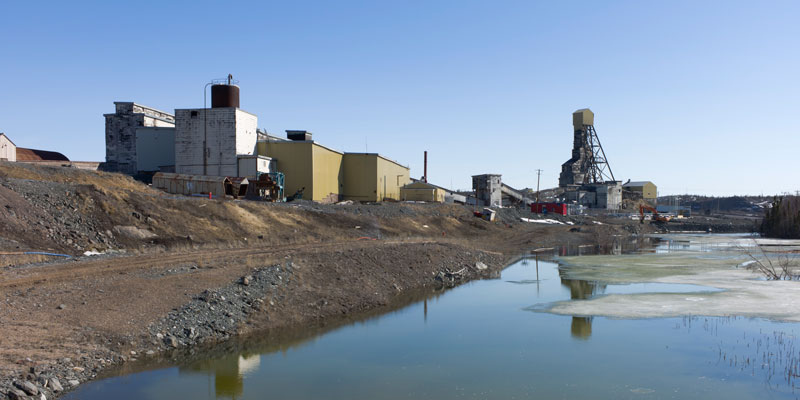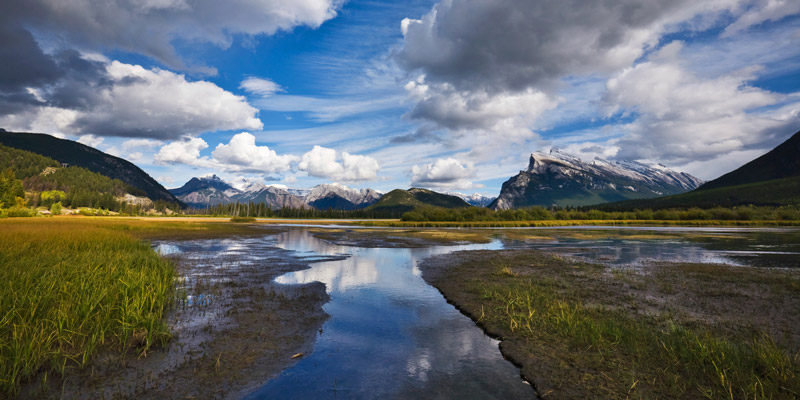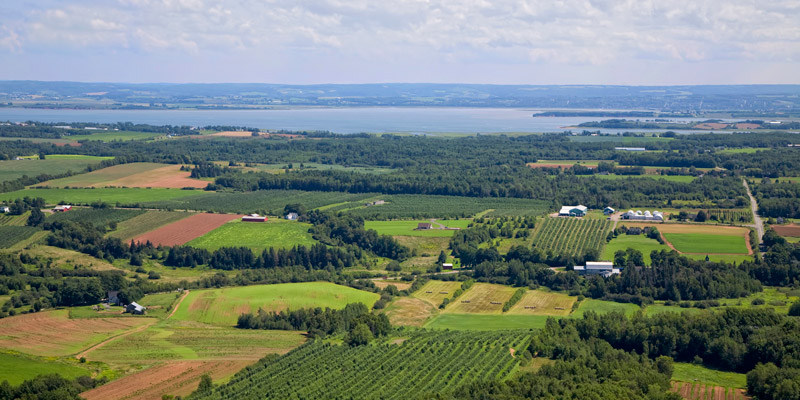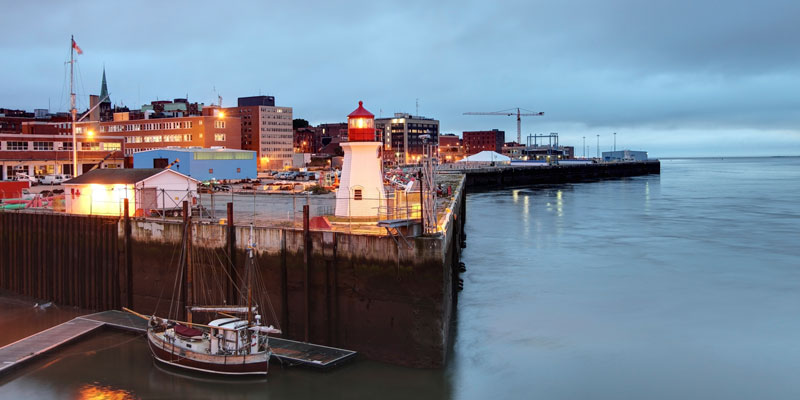Understanding potential impacts of development in pristine arctic environments on water quality using nested hydrological studies
Principal Investigator - Michael English, Professor, Wilfrid Laurier University (2001-2004)

Challenge
The Slave geological province in the Northwest Territories has recently become the focus of significant diamond mining developments. The Ekati and Diavik mines have been established in the headwater basin of the Coppermine River, a virtually undisturbed river system. The federal, Northwest Territorial and Nunavut governments will be called upon to approve additional plans for diamond mines and mineral extraction including gold, copper and zinc. Proposed projects include an all-weather road through the Slave province linking Yellowknife to the south and Bathurst Inlet on the Arctic Ocean, where there are plans to construct a deep sea port and hydroelectric facilities.
These developments have long-term environmental implications which include alteration of active layer formation and the impacts this may have on surface water quality. This research project examines water quality changes in the upper Coppermine River Basin as natural conditions change, but also how snowpack melt rates may be impacted by mining activity.
Key users of this research are government agencies conducting environmental impact assessments. The research will help these agencies to determine whether water quality changes recorded in the system are attributable to human impacts or natural variability and assist in making decisions on mineral developments in the Coppermine River basin.
Project
The research project examined how changes in active layer development affected surface water quality in a series of hydrologically-linked basins in the Coppermine River system. A larger scale basin of Daring lake was instrumented at several locations to determine changes in active layer soil moisture, water table, soil temperature, surface stream flow, and ground and surface water chemistry. The basin was studied through the snowmelt runoff period until the point of maximum active layer formation. Further studies examined various periglacial and non periglacial features for nutrient availability.
The team assessed the distribution of snow in relation to surface hydrology by establishing a gauge at the outflow of Daring Lake to monitor the continuous discharge from the Exeter-Yamba-Daring sub-basin. Water samples were taken from late winter to summer from the outflows of the principal lakes draining this system and analyzed for stable isotopes of water and general chemistry to establish what changes occurred over time.
To look at the impacts of open pit diamond mines on snowpack albedo due to dust accumulation, researchers used satellite imagery of passive and active microwave radiation to establish spatial variability in the snowpack water equivalent and changes in the snowpack during the melt period. This research was initiated during late winter of 2003 when a detailed and extensive snowpack sampling was undertaken over a large portion of one of the head water systems of the Coppermine River system. This project component continued for four years in association with the CRYSYS project of the Meteorological Service of Canada.
Outputs
Select Presentations
Turcotte, David and M C. English 2002. Hydrology of an arctic esker basin, Yamba Lake, Northwest Territories. Annual Meeting of the Canadian Geophysical Union. Banff, Alberta, May 18-21.
English, M.C., S.L. Schiff, D. Woods, D. Turcotte and R.J. Elgood. 2003. Towards understanding potential impacts of development on water quality of low arctic permafrost basins using nested hydrological studies. Annual Canadian Water Network Meeting. St John NB.
Woods, D. And M.C. English. 2003. Active Layer Controls on Stream Chemistry in a Low Arctic system, Coppermine River Basin, NWT. Annual Meeting of Cold Regions Research Centre, Wilfrid Laurier University.
Turcotte, D. And M.C. English. 2002. Canadian Geophysical Union Meeting, Banff, Alberta, May 2002.
Select Publications
Turcotte, D. 2002. Radiation budget, ground thermal regime and hydrological balance of a low arctic tundra basin, Coppermine River, NWT. Department of Geography and Environmental Studies, Wilfrid Laurier University, Waterloo, Ontario, Canada 172p.
Outcomes
- Increased knowledge in the area of surface water quality and resource development, specifically mining activities.
- Informed decision-making related to government agencies conducting environmental impact assessments.




